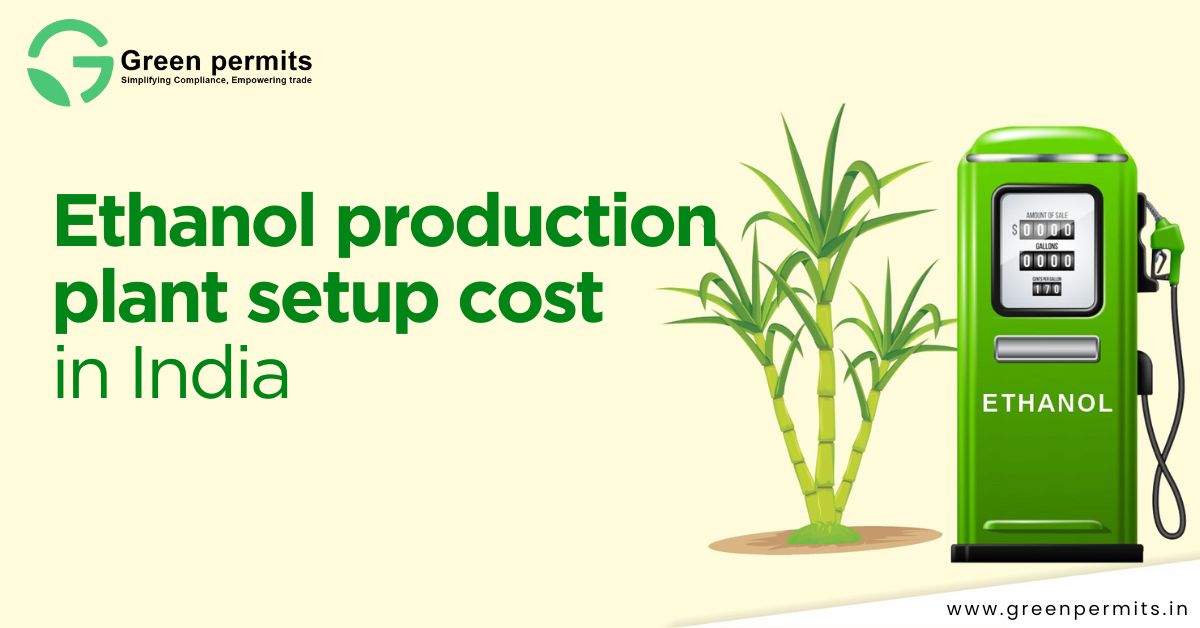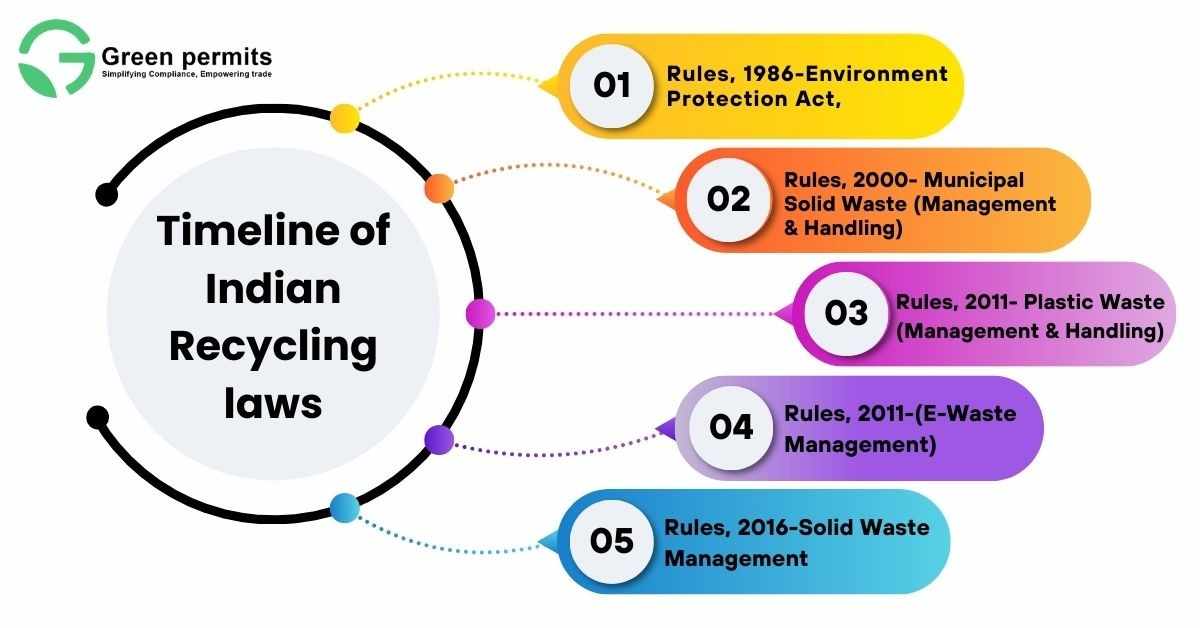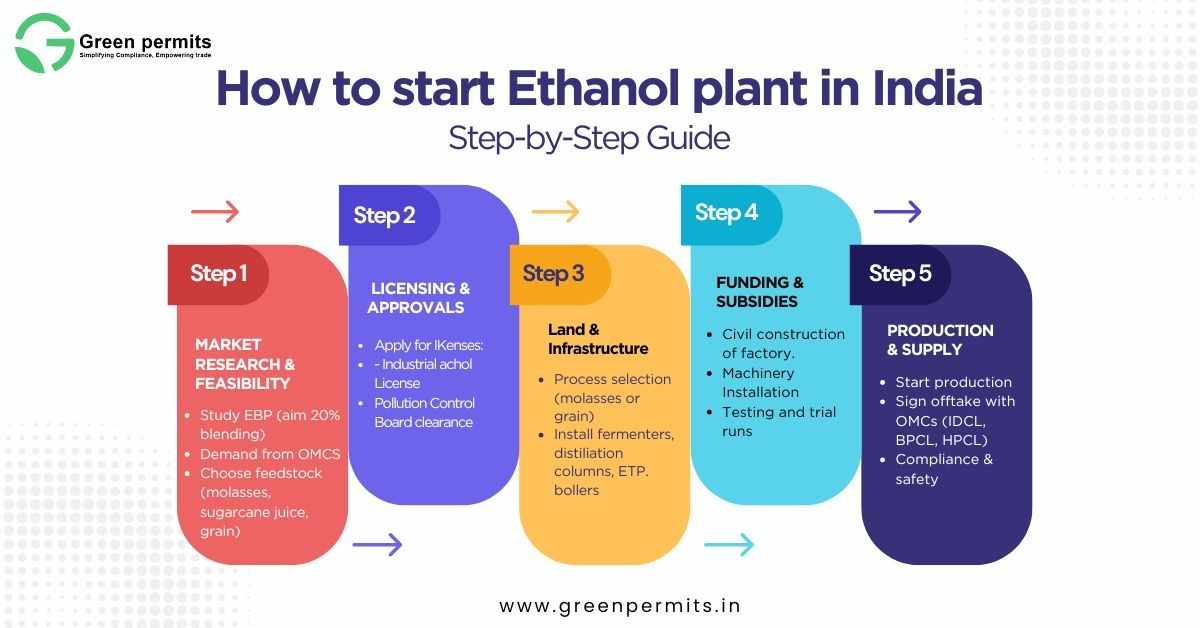Introduction to Ethanol Production in India
India’s ethanol story is no longer confined to sugar mills and fuel blending trials. Today, ethanol has become a key player in our nation’s energy transition. With the government setting a bold target of 20% ethanol blending in petrol by 2025, the industry has witnessed unprecedented growth. In 2023 alone, India produced more than 600 crore litres of ethanol, registering a 45% growth compared to 2022.
This demand surge has created opportunities for mill owners, entrepreneurs, and corporates to invest in ethanol plants. Yet, one question dominates every boardroom conversation — what does it really cost to set up an ethanol plant in India?
Key Factors Affecting Ethanol Plant Setup Cost in India
Setting up an ethanol plant is not about fixed numbers but about multiple factors coming together. Costs vary depending on raw materials, plant size, and location. For a business owner, these choices decide whether the investment stays moderate or shoots up significantly.
- Raw Material Source: Molasses, grains, or 2G feedstock influence both CapEx and OpEx.
- Plant Capacity: Larger KLPD (Kilo Litres per Day) plants naturally demand higher investments.
- Location & Land Cost: Land prices in ethanol-producing belts like UP, Bihar, and Maharashtra are more competitive than in urban zones.
- Technology & Machinery: Distillation, fermentation, and dehydration systems take up nearly half of the total project cost.
- Infrastructure: Boiler systems, effluent treatment plants, and storage tanks cannot be ignored in capital planning.
Licensing and Regulatory Approval Costs
Ethanol is a highly regulated industry. Before operations begin, approvals from multiple authorities are mandatory. These not only add to the setup timeline but also to overall costs. A clear roadmap for approvals saves time and avoids compliance risks.
- Environmental Clearance from MoEFCC for distilleries.
- SPCB/CPCB Consents (CTE & CTO) under the Air and Water Acts.
- Excise Licenses for production and sale.
- BIS Certification to ensure product quality.
- Safety and EPR Compliance to meet environmental standards.
For most investors, these approvals cost between ₹50 lakh and ₹2 crore, depending on the plant’s size and location.
Capital Investment Breakdown
Capital costs make up the backbone of ethanol plant setup. From buying land to installing machinery, every rupee must be mapped carefully in the DPR (Detailed Project Report). Investors should view these costs as long-term enablers rather than hurdles.
- Land acquisition and development: ₹5–20 crore.
- Machinery and distillation units: ₹50–120 crore.
- Utilities like boilers, power, and effluent treatment plants: ₹20–40 crore.
- Storage and distribution facilities: ₹10–30 crore.
For context, a 60 KLPD grain-based ethanol plant usually costs ₹120–150 crore, while a 30 KLPD molasses-based unit can be set up at ₹70–90 crore.
Operating and Maintenance Costs
Capital expenditure is just the first step. The true health of an ethanol plant depends on how efficiently it manages operational costs. These recurring expenses can decide the difference between steady profits and tight margins.
- Raw material purchase consumes 60–70% of operational costs.
- Labour and staffing amount to around ₹2–3 crore per year for mid-sized plants.
- Power, steam, and water expenses usually fall in the ₹5–10 crore bracket annually.
- Waste treatment and regulatory compliance are ongoing obligations.
Financial Support and Subsidies in India
The ethanol sector has been given priority status by the Government of India. With this, investors don’t have to shoulder the entire financial burden alone. Subsidies, loans, and incentives are available to encourage faster adoption.
- Public banks sanctioned more than ₹41,000 crore in loans in 2023–24 for ethanol projects.
- The Ethanol Blending Program (EBP) provides interest subventions, making loans easier to service.
- Many states offer GST refunds, power subsidies, or capital support to attract ethanol investments.
This support system reduces both the upfront capital pressure and the payback period for new projects.
Typical Cost Estimates for Different Plant Sizes
Different entrepreneurs may prefer different plant scales. Smaller plants carry less financial risk but offer slower payback, while larger ones demand heavy investment but bring faster returns under OMC contracts.
| Plant Size | Type | Approx. Investment | Payback Period |
|---|---|---|---|
| 30 KLPD | Molasses-based | ₹70–90 Cr | 5–6 years |
| 60 KLPD | Grain-based | ₹120–150 Cr | 4–5 years |
| 120 KLPD | 2G Ethanol Plant | ₹250–300 Cr | 6–7 years |
Comparison of Molasses, Grain, and 2G Ethanol Plants
No two ethanol plants are identical, and the feedstock you choose impacts everything from costs to sustainability outcomes. Investors should weigh the following carefully before committing capital.
| Parameter | Molasses-Based | Grain-Based | 2G Ethanol |
|---|---|---|---|
| CapEx | Medium (₹70–120 Cr) | High (₹120–200 Cr) | Very High (₹250+ Cr) |
| Raw Material | Sugarcane by-product | Rice, maize, broken grains | Crop residues, agri-waste |
| Approval Timeline | 12–18 months | 12–18 months | 24–30 months |
| Profitability | Moderate (linked to sugar cycles) | High (stable supply chains) | Long-term potential |
| Sustainability | Medium | High | Very High |
Return on Investment and Payback Period
Revenue predictability is one of ethanol’s strongest advantages. Since Oil Marketing Companies (OMCs) guarantee purchase, plants can run with confidence about demand.
- In 2023, ethanol blending saved India more than ₹30,000 crore in crude imports.
- Well-run plants generate 15–20% ROI annually.
- A 60 KLPD unit generally recovers its investment within 4–5 years.
Mini Case Study: A Grain-Based Ethanol Plant in Uttar Pradesh
In 2021, a grain mill in Uttar Pradesh diversified into ethanol by setting up a 60 KLPD plant with an investment of ₹150 crore. By selling ethanol to OMCs and DDGS by-products to the poultry sector, the company reached annual revenues of ₹70–80 crore. With subsidies and assured demand, the project is set to recover investment in just four years.
Step-by-Step Checklist for Ethanol Plant Setup
Investors often feel overwhelmed by approvals. A structured compliance checklist makes the journey smoother and ensures no step is overlooked.
- Prepare a Detailed Project Report (DPR).
- Acquire land and obtain site clearance.
- Apply for Environmental Clearance with MoEFCC.
- Obtain Consent to Establish from SPCB.
- Secure BIS certification and Excise licenses.
- Arrange financing with loans and subsidies.
- Procure machinery and commission installation.
- Apply for Consent to Operate.
- Conduct trial runs and begin OMC supply contracts.
FAQs on Ethanol Plant Setup Cost in India
Q1. What is the minimum investment required for an ethanol plant in India?
A 30 KLPD molasses-based ethanol plant typically requires ₹70–90 crore.
Q2. How long do approvals take?
Molasses and grain-based plants take 12–18 months, while 2G plants may take up to 30 months.
Q3. Are subsidies available for ethanol projects?
Yes, loans, interest subventions, and state incentives are available under the Ethanol Blending Program.
Q4. Who buys ethanol in India?
OMCs like IOCL, BPCL, and HPCL are the main buyers under long-term supply contracts.
Q5. Is ethanol production eco-friendly?
Yes, ethanol cuts carbon emissions by 30–50% compared to petrol. 2G plants further recycle agricultural waste into fuel.
Why Choose Green Permits as Your Ethanol Plant Consultant
Setting up an ethanol plant is both an opportunity and a regulatory challenge. From preparing the DPR to securing MoEFCC, CPCB, BIS, and Excise approvals, expert guidance ensures smooth execution. That’s where Green Permits steps in.
We help businesses with:
- Compliance and licensing support.
- Financial closure and subsidy facilitation.
- Feasibility studies, plant layout, and ESG strategies.
- Ongoing compliance audits and expansion planning.
📞 Call: +91-78350 06182
📧 Email: wecare@greenpermits.in
🌐 Visit: www.greenpermits.in









